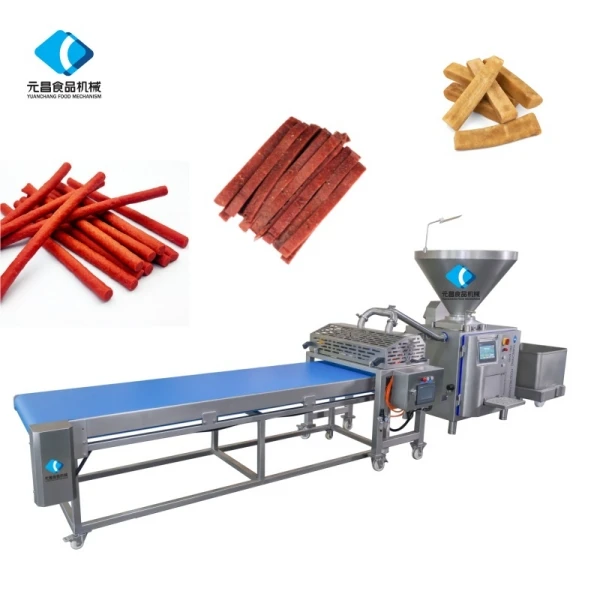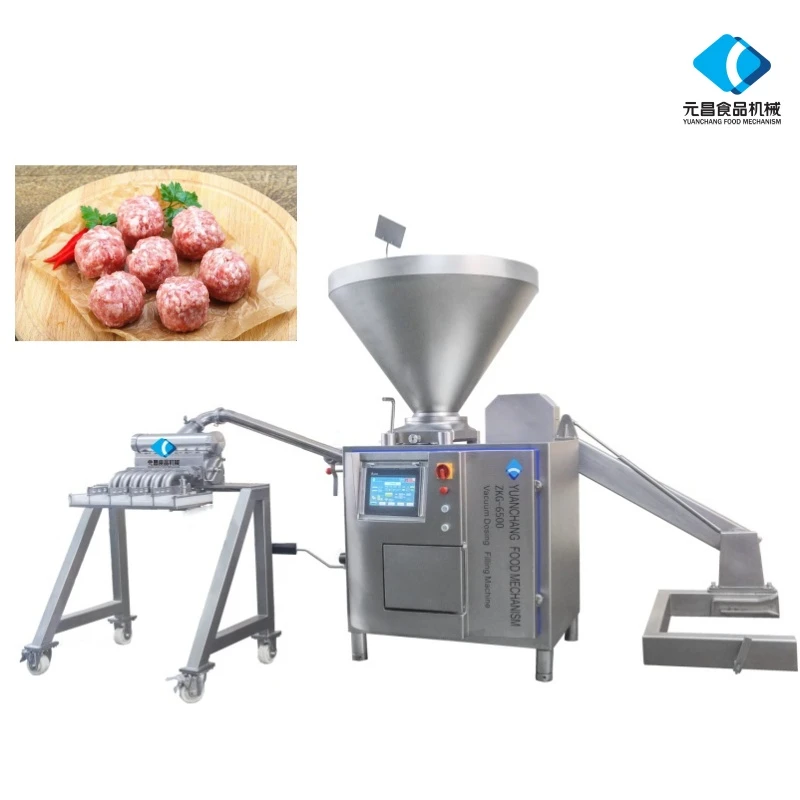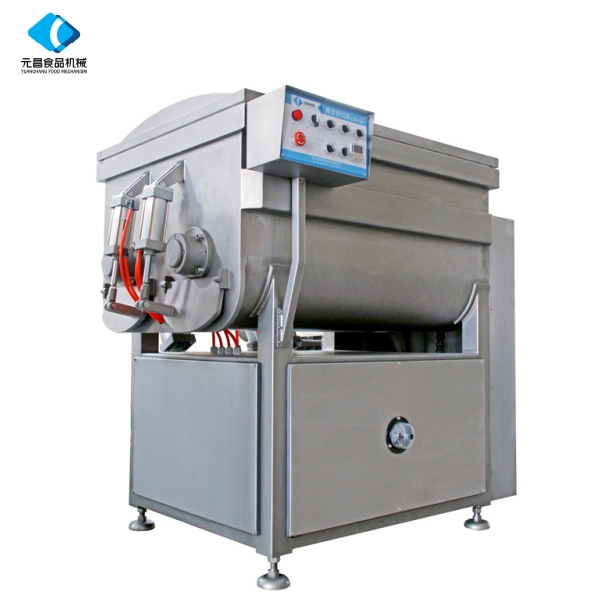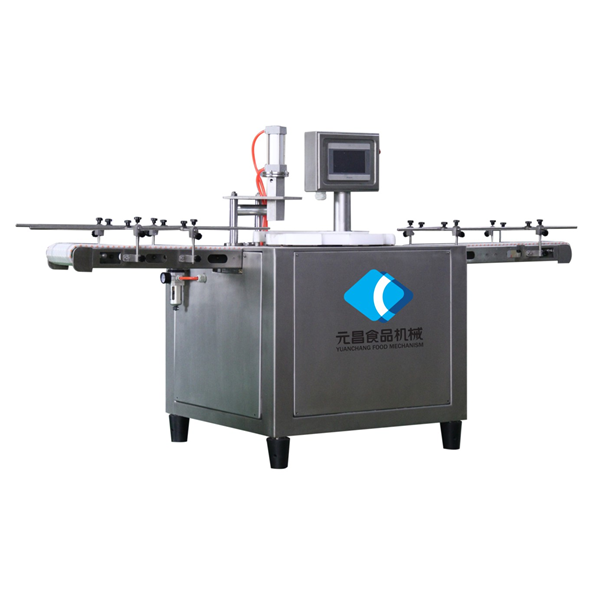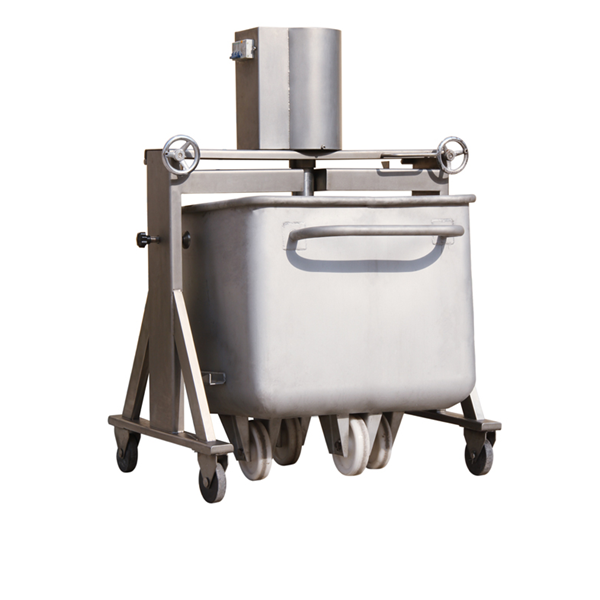Meat Conveyors | Hygienic, High-Throughput, Washdown-Ready
Inside today’s meat conveyors: clean design, smarter drives, fewer headaches
Walk any modern plant and you’ll notice how meat conveyors quietly set the pace. To be honest, they’re the unsung hero between every value-adding step—especially around brine injection lines. In fact, pairing hygienic conveying with a precise injector is where yields and food safety either shine or stumble.
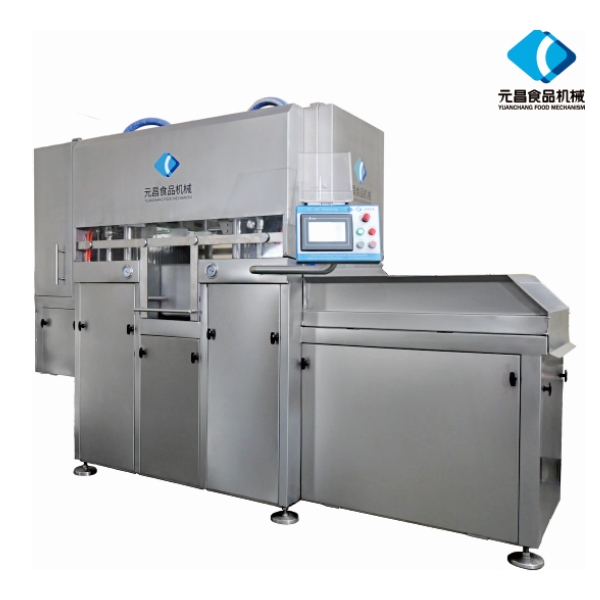
Trends I keep seeing on the floor
- Hygienic frames: 304/316L stainless, open profiles, and tool-less teardown. Many customers say washdowns dropped from hours to minutes.
- Smarter drives: VFDs, torque monitoring, and IP69K motors—less slip, friendlier to QA audits.
- Real-time data: speed/load trending to prevent belt wander and bottlenecks around injectors and tumblers.
- Sustainability: lower water pressures and CIP manifolds; surprisingly big water savings with better spray geometry.

Where the conveyor meets the injector
Around injection, belt topology matters. Low-friction modular belts reduce product lift when needles enter/exit; drip tunnels and reclaim pans keep brine off the floor. YC Mechanism’s ZSI series Saline Injector (origin: Shijiazhuang, Hebei, China) runs with constant needle linear velocity—so the conveyor must feed smoothly to avoid over/under-injection. Operators, candidly, notice quickly when it doesn’t.
| Models | ZSI-72 / ZSI-180 / ZSI-360 |
| Needle bridges | Modular, replaceable; quick-change, no mechanical re-tuning |
| Control & recipe | Program product height, injection depth, pressure; PLC + HMI |
| Pressure range | ≈ 0.2–1.2 MPa (product-dependent) |
| Construction | 304/316L SS; sanitary welds, easy-to-clean manifolds |
| Certifications | CE, food-contact materials per EU 1935/2004, 3-A/EHEDG design principles |
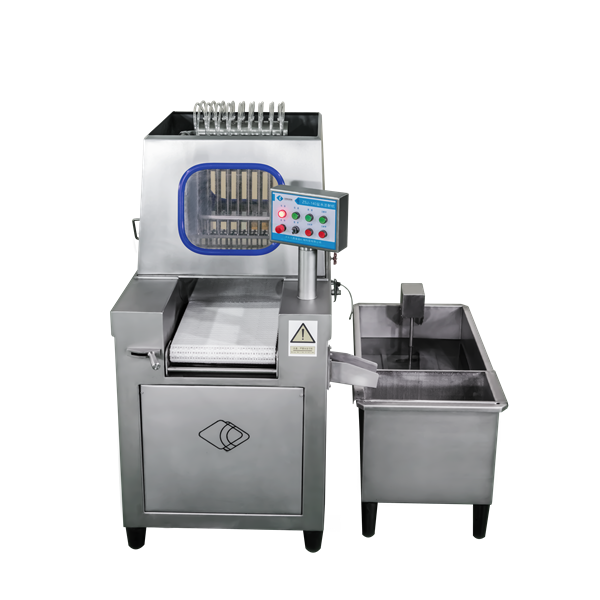
Process flow (nutshell)
Receiving → Trim → Pre-chill → Brine make-up (salinity/temp checks) → Injection (ZSI) → Drip tunnel → Vacuum tumble → Inline QC (weight gain, retention) → Metal detect → Pack. meat conveyors bridge each handoff: straight runs, radius curves, elevation changes. Materials: SS 304/316L frames, PU/TPU or modular acetal belts, FDA/EU compliant. Typical service life: frames 10+ years; belts 12–36 months; drives 5–7 years depending on sanitation intensity.
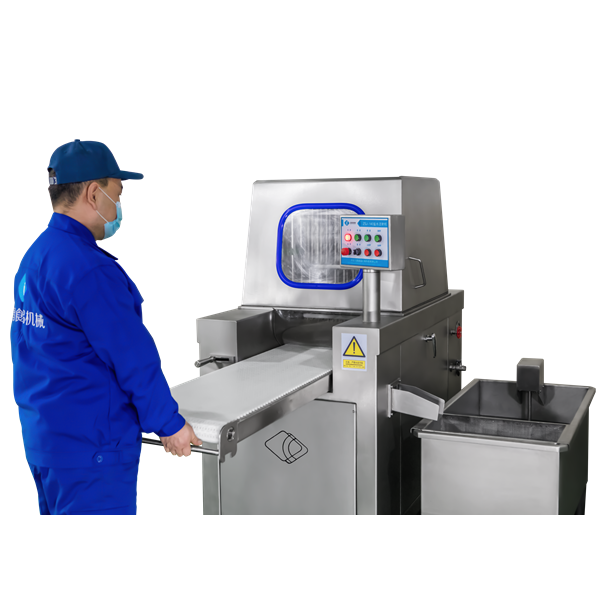
Testing and compliance
- Hygienic design: EHEDG/3-A principles; surface roughness Ra ≤ 0.8 μm where practical.
- Corrosion: ASTM B117 salt-spray spot checks on hardware (≈ 96–240 h).
- IP ratings: motors/sensors to IP66–IP69K near washdown zones.
- Food-contact: EU 1935/2004, FDA 21 CFR for plastics; HACCP/ISO 22000 integration.
Vendor landscape (my quick take)
| Vendor | Strengths | Notes |
|---|---|---|
| YC Mechanism (China) | Custom lines, injector integration, competitive lead times | Good for turnkey meat conveyors + ZSI injectors; $$ |
| Marel | Global service network, advanced software | Premium pricing; strong poultry lines; $$$ |
| GEA/JBT | Robust build, broad portfolio | Great for high-throughput; $$$ |
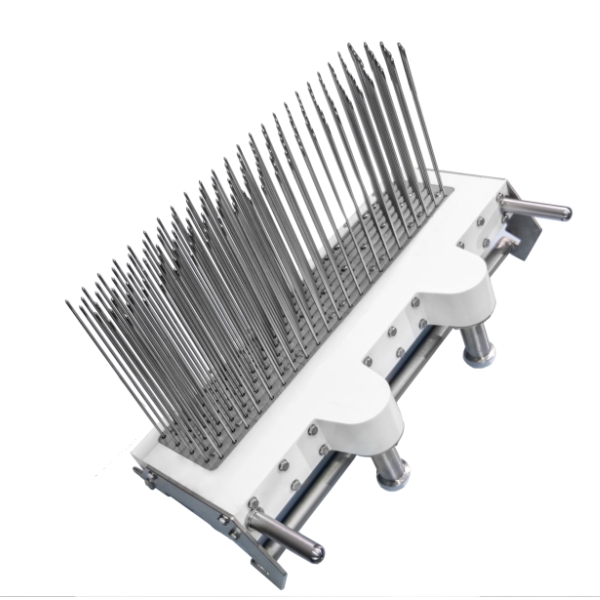
Applications and feedback
- Protein types: poultry breasts, pork loins, bacon slabs, beef primals, even seafood loins.
- Scenarios: chill-to-inject lines, allergen changeovers, high-brine bacon with reclaim loops.
- What users say: steadier throughput, fewer brine puddles, and—this surprised me—quicker night sanitation thanks to tool-less belt lifts on meat conveyors.
Real-world case (condensed)
A mid-sized ham processor in Southeast Asia swapped legacy conveyors for open-frame meat conveyors feeding a ZSI-180. Results after 8 weeks: +1.8% average pickup consistency, ≈12% less unplanned downtime, and water use down ≈18% during sanitation. QA liked the consistent needle velocity; maintenance liked the quick-change bridges—fair trade-off.
Customization checklist
Widths (400–1000 mm), speed 5–40 m/min, UHMW side guides, photo-eyes, metal-detector pass-throughs, drip pans, CIP bars, EtherNet/IP or Profinet handshakes, lockout points, and color-coded tool-less parts. If you’re integrating with injectors, insist on synchronized speed control and verified belt flatness.
Citations
- EHEDG Doc. 8 & 13: Hygienic design principles for open equipment.
- EU Regulation 1935/2004 on materials intended to contact food.
- FDA 21 CFR (Parts 170–199) for indirect food additives (plastics/elastomers).
- 3-A SSI 14159-1: Hygiene requirements for meat processing equipment.
- ASTM B117: Standard Practice for Operating Salt Spray (Fog) Apparatus.
- IEC/EN 60529: Degrees of protection (IP Code), incl. IP66/IP69K interpretations.
-
Discover the Benefits of Vacuum Marinating Machines for Efficient Food ProcessingNewsNov.24,2025
-
The Ultimate Guide to Commercial Chicken Scalders: Efficiency, Sustainability & InnovationNewsNov.23,2025
-
Chicken Harvesting Equipment: Efficient & Humane Solutions for Poultry ProducersNewsNov.22,2025
-
Comprehensive Guide to Meat Processing Plant Equipment | Efficiency, Safety & SustainabilityNewsNov.21,2025
-
Meat Processing Bins: Durable Solutions for Safe & Efficient Meat Handling WorldwideNewsNov.20,2025
-
Best Commercial Marinating Machines for Meat Processing | Efficient & ScalableNewsNov.20,2025





